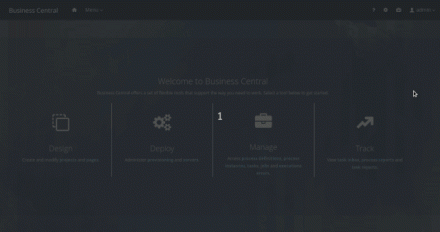
Red Hat Process Automation 7.7 brings updates, fixes, and tech previews
Explore the new business process automation features, improvements, and previews released in Red Hat Process Automation 7.7.

Explore the new business process automation features, improvements, and previews released in Red Hat Process Automation 7.7.
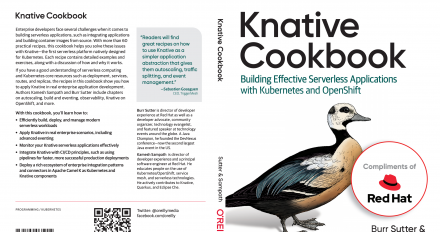
Use serverless architecture with Kubernetes, explore practical applications, and follow how-to scenarios through the "Knative Cookbook" from O'Reilly.
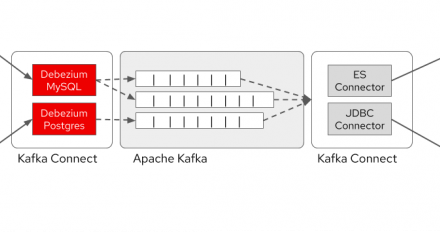
Capture change data (CDC) and find change data events in microservices databases with Debezium Apache Kafka connectors.
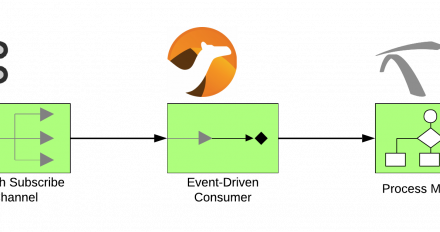
In part 2 of this second series, learn how to test your event- and business-process-driven application by running it through a few business processes.

We show how to set up Red Hat AMQ Streams for end-to-end TLS encryption using a custom X.509 certificate on the OpenShift platform.
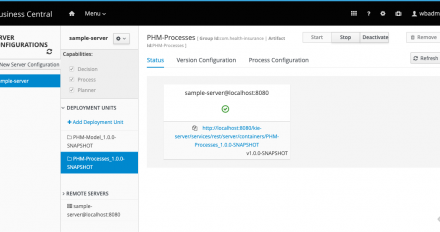
In part 1 of this series, take what you learned in the business process design series and set up jBPM to run the process through different scenarios.
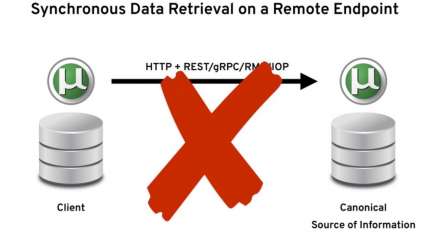
In this DevNation Tech Talk, we explore how events with an event-driven architecture can help you succeed in this distributed data world.

Create a Syndesis microservices pipeline integrating different data sources into a new composite service, without writing a single line of code.

Explore Open Liberty 20.0.0.3's new Kafka-specific message properties support, including message-handling examples.

Explore the new C# 8 asynchronous streams feature in this first article in our series covering the new features available in C# 8.
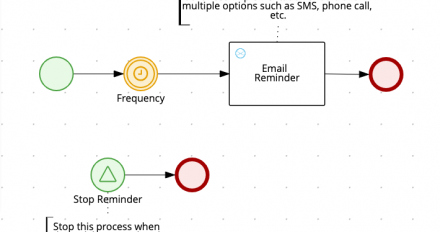
Finish developing your example jBPM health management event-driven business process implementation in Part 3 of this series.
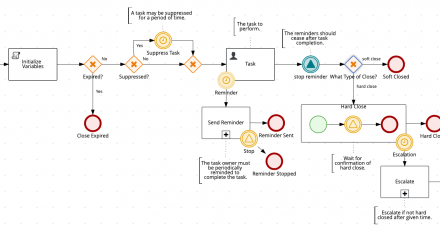
Continue developing your example jBPM health management event-driven business process implementation in Part 2 of this series.
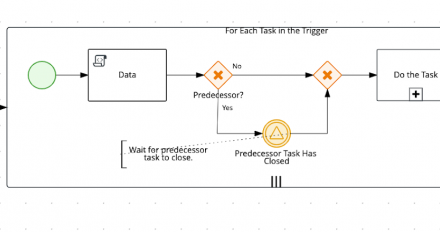
Follow along with this series to define a health management event-driven business process and then implement it in jBPM (an open source business automation suite).

We look at the OVN unidling issue and how the Controller_Event table can be used to forward events to a CMS, such as OpenStack Platform or OpenShift.
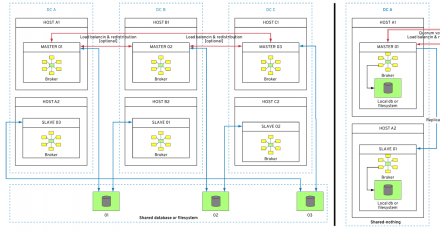
Learn how to make the AMQ Broker architecting process, the resulting deployment topologies, and the expected effort more predictable for common use cases.
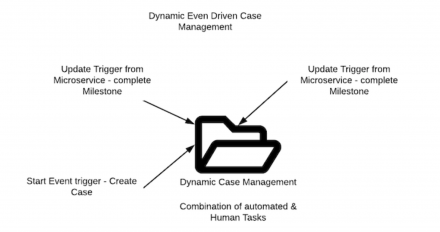
This article describes how you can use case management for dynamic workflow processing to create a completely event-sourced system.

Events are classified into three major types. These event types allow software architects to choose adequate event-driven architecture component implementations that best suit each event type nature.

What is an event in event-driven architecture? This primer explains.
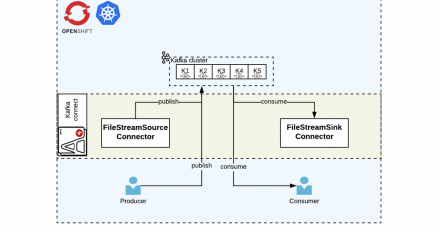
We explore Red Hat AMQ Streams components such as Kafka Connect, Kafka Bridge, and Mirror Maker.
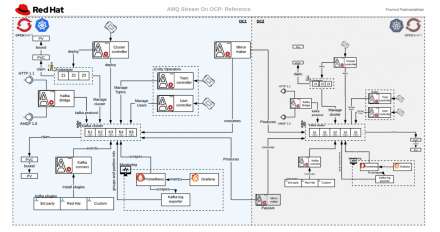
We explore Red Hat AMQ Streams basics and its components and show to create a basic Red Hat AMQ cluster on Red Hat OpenShift.

A DevNation Live session - Event-driven business automation powered by cloud native Java
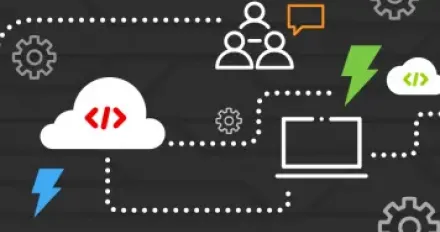
Event-driven architecture (EDA) is a way of designing applications and services
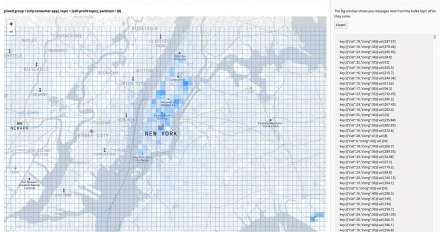
This two-part article series describes the steps required to get started building your own Kafka Streams application using Red Hat AMQ Streams.
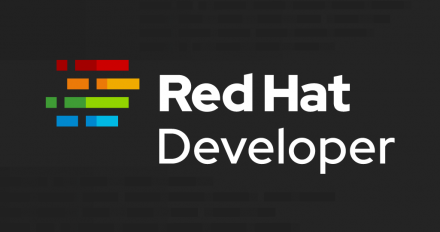
This two-part article series aims to describe the steps required to get started building your own Kafka Streams application using Red Hat AMQ Streams.

Knative is changing the world of microservices and serverless functions; here's what you need to know to take advantage of this cutting-edge technology.